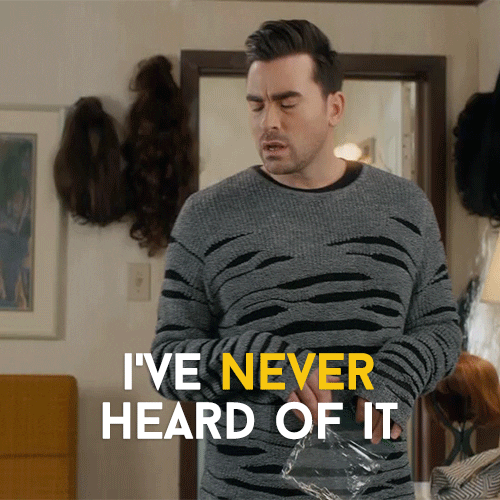
It’s hard to control our shopaholic tendencies when there are new collections dropping almost every few months and that too, at prices that are so reasonable. Part of us loves it but the other part also has us thinking, “How?”. In order for high street brands to pump out collection after collection, they would require that much raw material. And that’s where the Fast Fashion begins! The production, treatment, and discarding of this raw material causes so much environmental damage. So in case, you’re wondering how does all of this affect me and the world I live in? Keep scrolling!
What Is Fast Fashion?

Many of you might not know but the phrase Fast Fashion is a term used by retailers to describe inexpensive clothing collections that have been inspired by Fashion Week catwalks from all over the world, moved quickly to be made available to the masses. The main reason this happens is so that these high street brands can stay on-trend. As a result of this process and the need to stay “IN” with what’s trending, these very retailers degrade the environment with the rigourous manufacturing process of their clothes.
What Causes The Environmental Damage?

The manufacturing process is what puts the fast in Fast Fashion, which is what causes the most damage to the environment. Let’s take, for instance, some common materials that we all own clothes in. Cotton clothes, for one, are the most common kind, but the vast amount of resources one needs to even create a single t-shirt is quite hard-hitting. For example, the creation of one shirt can use up to 2700 litres of water. This is just a simple example of a cotton tee. The next step to making clothes is the dyeing process—The chemical waste produced as a result of dyeing clothes has caused rivers to be contaminated with toxins—A prime example being, the Citarum River in Indonesia.
Polyester also is another major element involved in the business of Fast Fashion. When this relatively cheap and easily available material’s production. Every fiber of this fabric used to make clothes causes environmental damage. The cheaply made fibers eventually land up in lakes, oceans and other water bodies causing damage to the aquatic life and the water body itself. Moreover, the microfibres being consumed by these fish eventually make it up to the food chain and could possibly land up on your plate.
These are only of the few materials that are used to make ‘on-trend’ clothes. So, to put it simply Fast Fashion is:
Designer Trends Showcased On The Runway > Designs & Trends Adopted By High Street Brands > Natural Resources & Raw Materials Used To Make Similar Clothing ASAP > Environmental Damage AKA Fast Fashion
Now, imagine this process happening an average of eighteen times a year just with one brand? We’re sure you have your answer.
What Can You Do About It?
What we’ve talked about here is only a drop in the bucket of the world of Fast Fashion, but it’s never too late to change. Try a few of these ways to make sure your fashion fever isn’t harming the environment:
- Shop less frequently
- Invest in more Homegrown labels
- Learn to Reuse and revamp old clothing
- Thrift Shopping FTW
- Tell at least 1 other individual about the consequences of Fast Fashion
How The Earth Feels RN

But don’t worry—Together, we can make a change!

Follow @missmalinifashion and @missmalinibeauty on Instagram for more updates.

